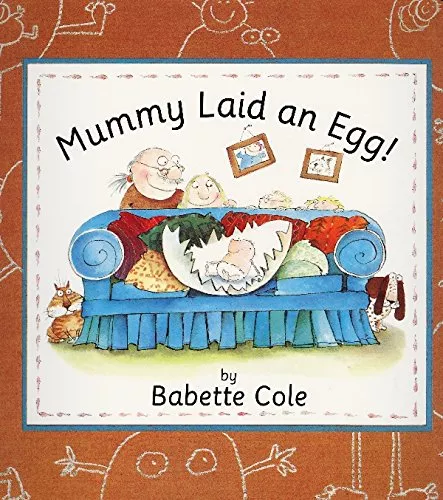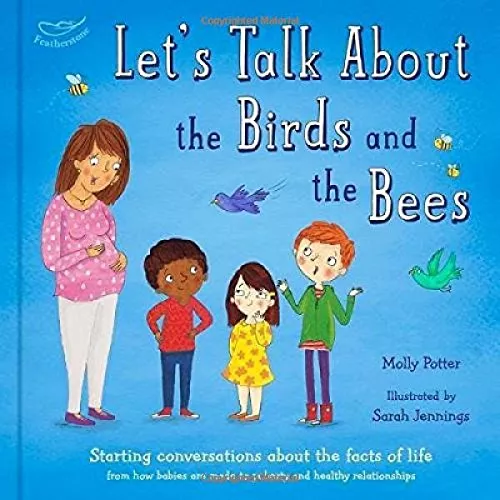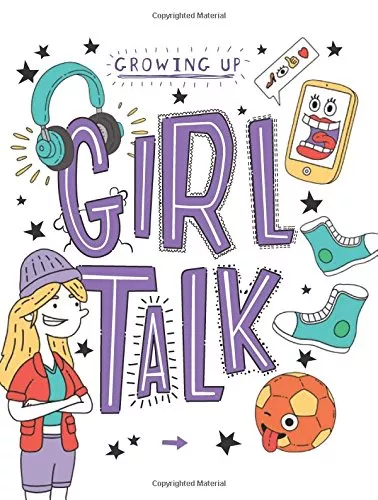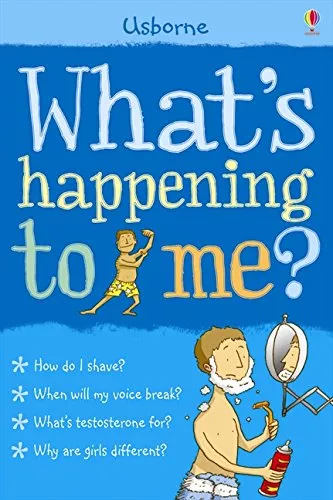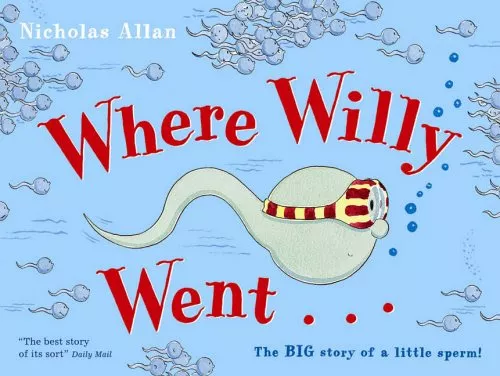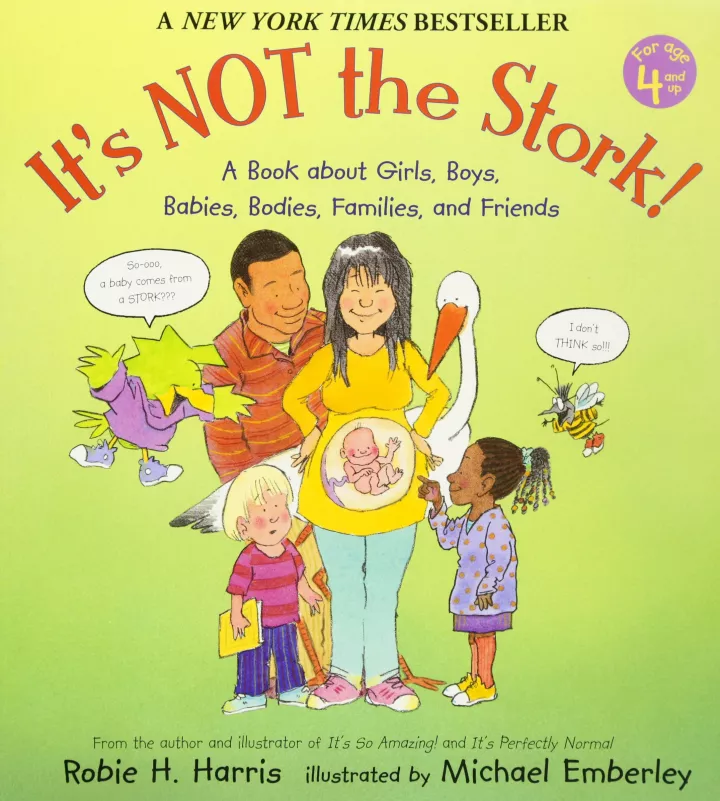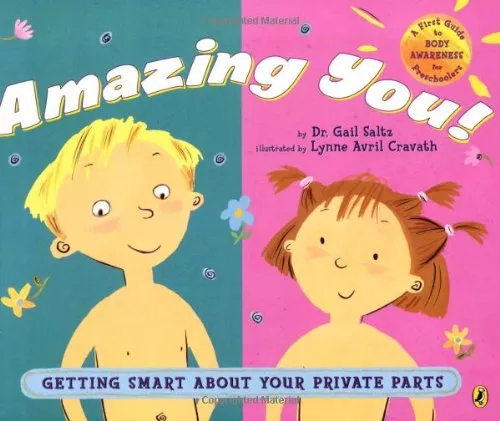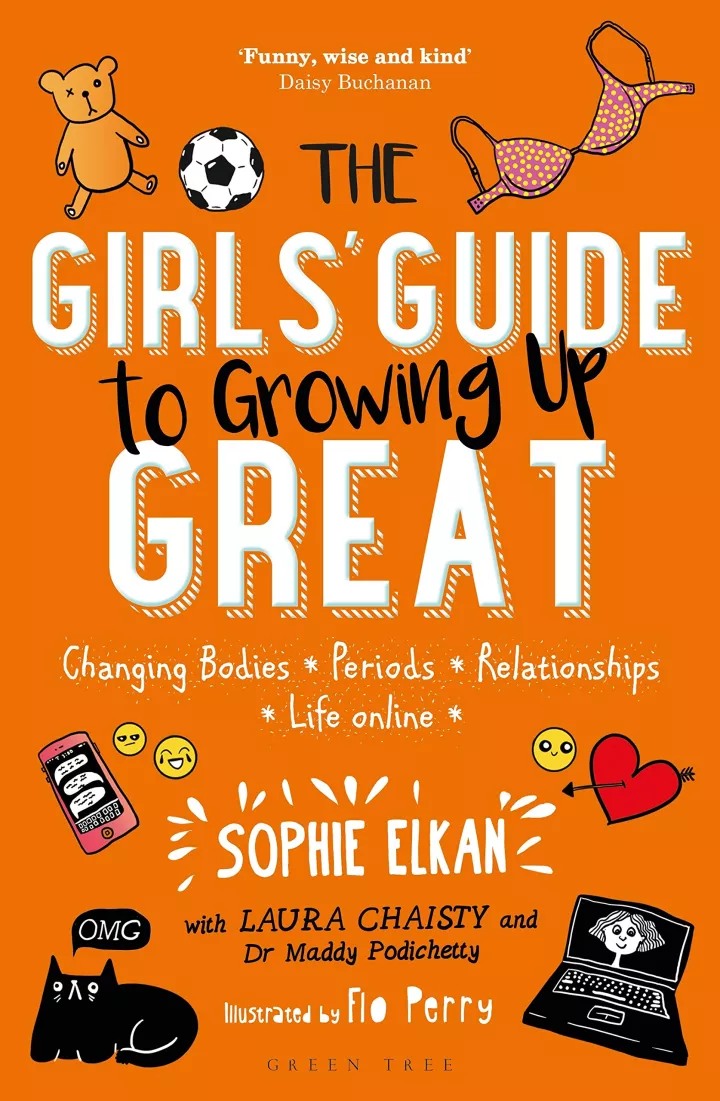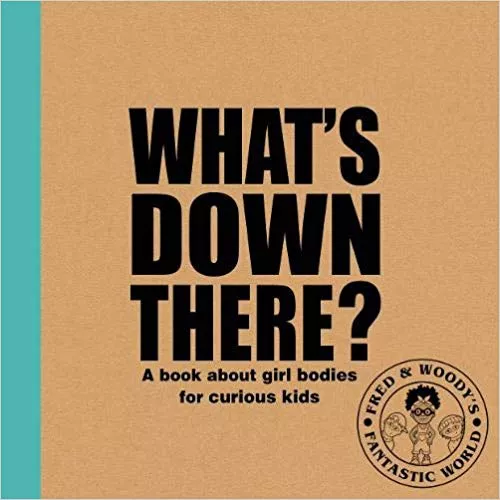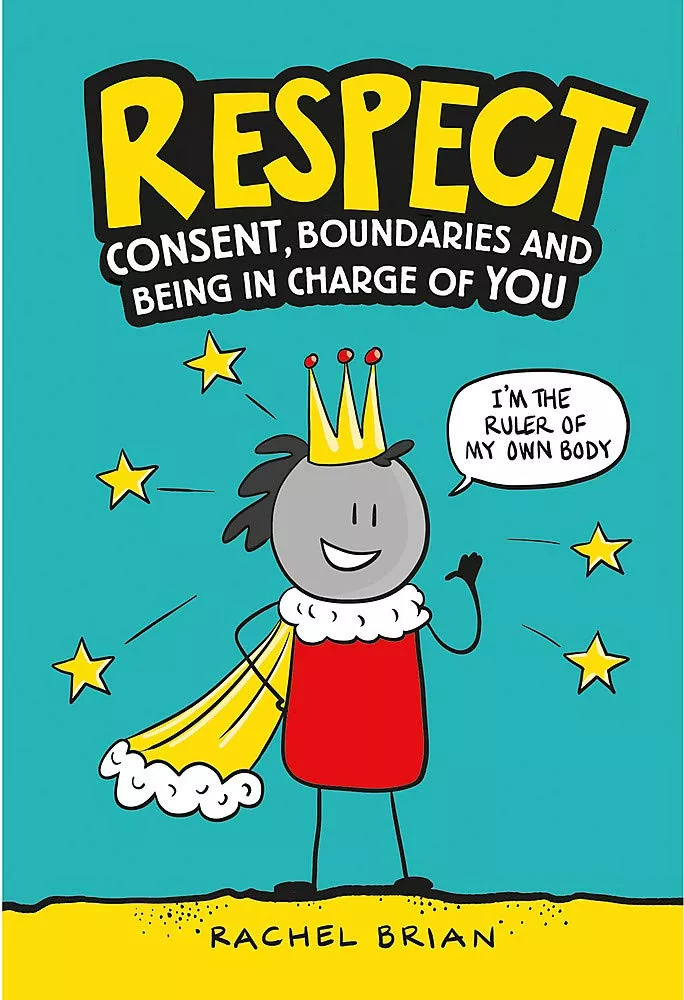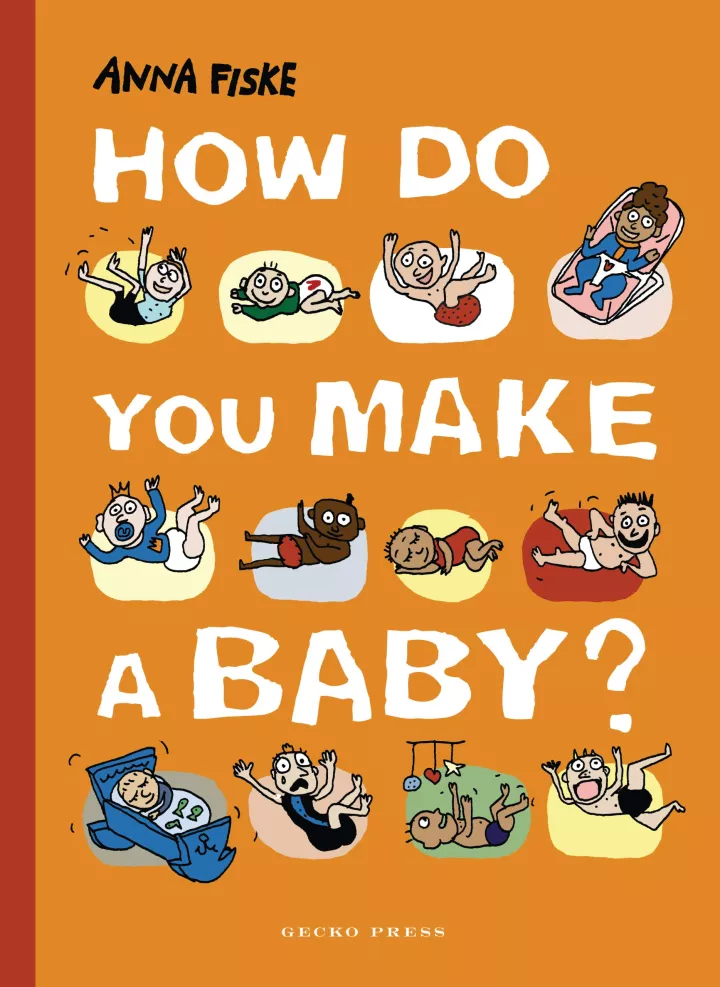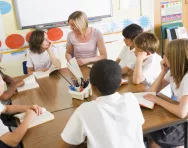TheSchoolRun.com closure date
As we informed you a few months ago, TheSchoolRun has had to make the difficult decision to close due to financial pressures and the company has now ceased trading. We had hoped to keep our content available through a partnership with another educational provider, but this provider has since withdrawn from the agreement.
As a result, we now have to permanently close TheSchoolRun.com. However, to give subscribers time to download any content they’d like to keep, we will keep the website open until 31st July 2025. After this date, the site will be taken down and there will be no further access to any resources. We strongly encourage you to download and save any resources you think you may want to use in the future.
In particular, we suggest downloading:
- Learning packs
- All the worksheets from the 11+ programme, if you are following this with your child
- Complete Learning Journey programmes (the packs below include all 40 worksheets for each programme)
You should already have received 16 primary school eBooks (worth £108.84) to download and keep. If you haven’t received these, please contact us at [email protected] before 31st July 2025, and we will send them to you.
We are very sorry that there is no way to continue offering access to resources and sincerely apologise for the inconvenience caused.
Best children's books about puberty and sex
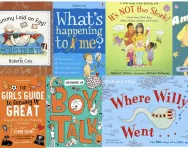
Mummy Laid An Egg! by Babette Cole
(£7.99, Red Fox Picture Books)
Best for ages 3-7
Informative but also extremely funny, this is a classic first sex education book which helps communicate the facts with an amusing, light-hearted story. How you feel about the 'how Mummy and Daddy fit together' page will depend on how much detail you want to offer your child at any particular stage, but it's unlikely to phase or embarrass (or even really register with!) any kids and the irreverent style is a breath of fresh air for adults. Lots of health and hygiene issues are covered too, and the nits, worms and wind information tends to go down well with preschoolers while communicating important information. Author Babette Cole has also covered puberty in her inimitable picture book style in Hair in Funny Places (£7.99, Red Fox), also highly recommended for its matter-of-fact, amusing and child-friendly approach.
Let's Talk About the Birds and the Bees by Molly Potter
(£12.99, Featherstone Education)
Best for ages 6-10
Puberty, sex, reproduction and relationships are explained using bright illustrations and clear, honest language. Author Molly Potter was a science teacher and a Sex and Relationships Education Development Manager, and answers the most common questions children ask in a calm, matter-of-fact style which will calm children's worries and counteract any adult embarrassment. The section of the book which offers tips about talking to your children about sex, gender and relationships is excellent, packed with practical advice to help you deal with any anxieties you might feel.
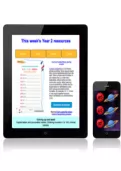
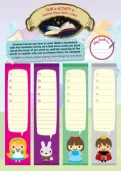
Boost Your Child's Learning Today!
- Start your child on a tailored learning programme
- Maths & English resources delivered each week to your dashboard
- Keep your child's learning on track
Girl Talk by Lizzie Cox
(£9.99, QED Publishing)
Bet for ages 9-12
A great dip-in, dip-out advice and information book about all things growing up: hormones and body changes, personal hygiene, sex and contraception, relationships, body image, bullying and how to stay safe online. Written by a former teen magazine editor, packed with questions and plain answers and fully illustrated with funny images and accurate diagrams throughout, this book is a light-hearted and reassuring guide which normalises puberty and the changes it brings. The boys' version, Guy Talk (£9.99, QED Publishing), would also make informative reading for girls (and vice versa).
What's Happening to Me?: Boy by Alex Frith
(£7.99, Usborne)
Best for ages 9-12
A detailed, sensitive and informative guide to puberty which tackles everything from body changes and body image to mood swings and hormones. The cartoon-style illustrations and factual diagrams explain the physical and emotional changes of growing up in a simple way, offering reassuring advice to pre-teens about their concerns about what's going on in their body. There is a version for girls, too, What's Happening to Me?: Girl (£7.99, Usborne).
Where Willy Went by Nicholas Allan
(£6.99, Red Fox Picture Books)
Best for ages 3-7
The creator of Father Christmas Needs A Wee! and The Queen's Knickers presents the facts of life in a funny, warm and non-threatening way. There's no naming of body parts, just the story of Willy, a little sperm who lives inside Mr Browne. Willy is one of 300 million sperm, though, and they all want the same prize: an egg! Luckily Willy is a very good swimmer... The perfect way to answer kids' first questions without confusing them or introducing too much information too early.
It’s NOT the Stork: A Book About Girls, Boys, Babies, Bodies, Families and Friends by Robie H. Harris
(£8.81, Candlewick)
Best for ages 4-8
Very popular and very detailed, It's NOT The Stork follows covers pregnancy, babies, bodies, appropriate (and inappropriate) physical contact, families and love. The people pictured in the book are of all ages, races and body shapes (hurrah!). It explains how babies grow in the womb and offers a basic description of intercourse. For older children (10+) the companion book, It’s Perfectly Normal! Changing Bodies, Growing Up, Sex, and Sexual Health (£9.54, Candlewick) covers conception, the physical and emotional side of puberty, sexual orientation, masturbation, online safety and making decisions about sexual activity.
Amazing You: Getting Smart About Your Private Parts by Gail Saltz
(£5.13, Penguin USA)
Best for ages 3-6
If you want to give a very first answer to the "where do babies come from?" question but will be leaving the specifics for a while, this picture book is a good option. The illustrations are cartoon-like and cover the differences between girls and boys from baby to young adult, as well as how babies are made and are born, but there's no focus on the mechanics of sex. The private nature of genitals is also covered, making it a good starting point for a conversation with your child about the need to ask a trusted adult for help if anyone's behaviour makes them uncomfortable.
The Girls' Guide to Growing Up Great: Changing Bodies, Periods, Relationships, Life by Sophie Elkan, Laura Chaisty, Maddy Podichetty
(£12.99, Green Tree)
Best for ages 10-14
Calm, kind, sensitive and informative: The Girls' Guide to Growing Up Great is a handbook older tweens and young teens will find reassuring and non-judgemental. As well as the facts on body basics (breasts, spots, body hair, hygiene and periods), emotions about body changes, appearance, crushes, first relationships and sexuality are all covered. Life online is also discussed, and the lovely illustrations and doodling and writing pages in the book make it very accessible. A brilliant title to offer your daughter as she heads into her teenage years.
What's down there? A book about girl bodies for curious kids by Alex Waldron
(£7.99 Ruby Tuesday Books Ltd)
Best for ages 3-7
This book aims to introduce young children to important concepts about safety and hygiene. In the story we meet Stevie, a young girl who notices that her genitals are different to her male cousins' and decides to find out what words she should use to describe female and male gentalia. The illustrations are fun, creative and will appeal to children of various ages and the language is age-appropriate and informative. It's a body-positive story that emphasises consent and individuality and also has a handy section for parents, explaining different aspects of the book and advice on how to open up a dialogue with your child. The male bodies counterpart book is That's My Willy, which is equally entertaining and enlightening.
Respect: Consent, Boundaries and Being in Charge of YOU by Rachel Brian
(£7.99, Wren & Rook)
Best for ages 7-11
A funny, insightful introduction to consent which is the perfect conversation starter for parents and children. Through cartoon illustrations about setting boundaries, respecting other people and learning to be an awesome friend, this is a playful, smart handbook to feeling 100% in charge of your body and your self.
How Do You Make a Baby? by Anna Fiske
(£11.99, Gecko Press)
Best for ages 7-11
How Do You Make a Baby? answers the questions all children are curious about: how does a baby get into the mother's stomach? Who can make a baby, and how is it actually done? It's very frank and forthright, so be prepared to answer direct questions about the fairly explicit comic illustrations (and check that the level of factual detail is right for your child), but the tone is playful and there are lots of diverse family circumstances represented.
